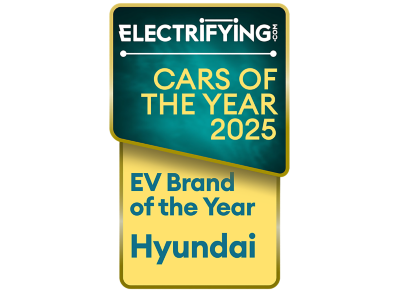

Electric car jargon buster
(AC) Alternating current charging: Whist AC charging points provide alternating current it's your vehicle's onboard charger that converts it into DC to be stored in your vehicle's battery. You use AC charging at home and public destinations such as hotels, gyms and stations.
Charge myHyundai: Charge myHyundai is the Hyundai App that gives you access to over 48,5002 UK public chargers all through an app or RFID card.
Charge myHyundai allows you to locate charging stations and set them as the destination or as part of a trip with multiple stops. You can then send locations straight to your car navigation system. You also gain insight to real-time updates on fees and availability.
(HEV) Hybrid electric vehicle: HEV describes a powertrain which combines the power of a combustion engine (fuelled most often by petrol but also diesel) with the power of an electric motor linked to a high voltage battery.
The battery on a HEV recharges from the vehicle engine and through regenrative braking. A HEV also has a fuel tank which requires refuelling.
Home charging: Home charging is the process of charging your vehicle's high-voltage battery from the comfort of your home. It most often refers to a dedicated electric car charger, which power varies between 3 kW and up to 22 kW3. For outputs greater than 7 kW, a 3-phase is required.
The wall-mounted charger can be fitted inside or outside a garage wall or house, they can also be mounted on a standalone post allowing multiple vehicles to charge simultaneously.
(kWh) Kilowatt-hours: kWh is the unit to measure the energy delivered for one kW in an hour. It is used to quantify the high-voltage capacity i.e. how much electricity can be stored in your vehicle's battery.
A greater battery capacity means your vehicle can store more energy and typically provide a greater range before needing to be recharged.